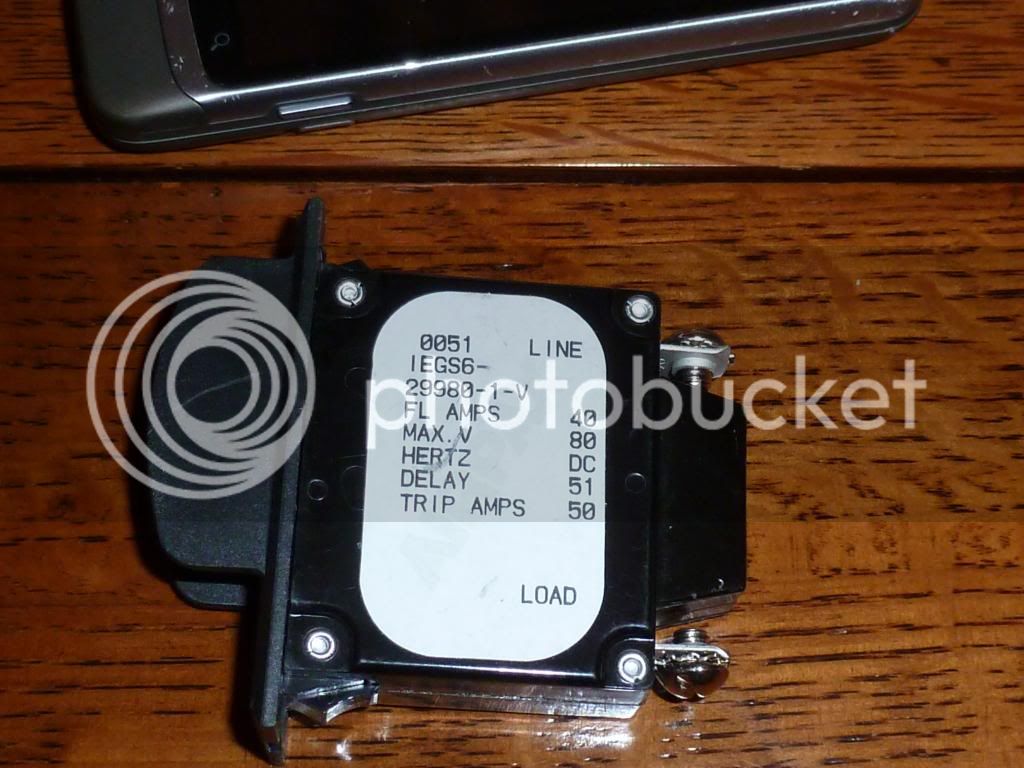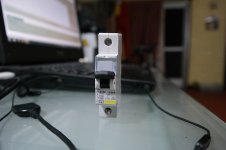International Standard--- IEC 60898-1 and European Standard EN 60898-1 define the rated current In of a circuit breaker for low voltage distribution applications as the maximum current that the breaker is designed to carry continuously (at an ambient air temperature of 30 °C). The commonly-available preferred values for the rated current are 6 A, 10 A, 13 A, 16 A, 20 A, 25 A, 32 A, 40 A, 50 A, 63 A, 80 A, 100 A,[5] and 125 A (Renard series, slightly modified to include current limit of British BS 1363 sockets). The circuit breaker is labeled with the rated current in amperes, but without the unit symbol "A". Instead, the ampere figure is preceded by a letter "B", "C" or "D", which indicates the instantaneous tripping current — that is, the minimum value of current that causes the circuit breaker to trip without intentional time delay (i.e., in less than 100 ms), expressed in terms of In:
Type Instantaneous tripping current
B above 3 In up to and including 5 In
C above 5 In up to and including 10 In
D above 10 In up to and including 20 In
K above 8 In up to and including 12 In
For the protection of loads that cause frequent short duration (approximately 400 ms to 2 s) current peaks in normal operation.
Z above 2 In up to and including 3 In for periods in the order of tens of seconds.
For the protection of loads such as semiconductor devices or measuring circuits using current transformers.





